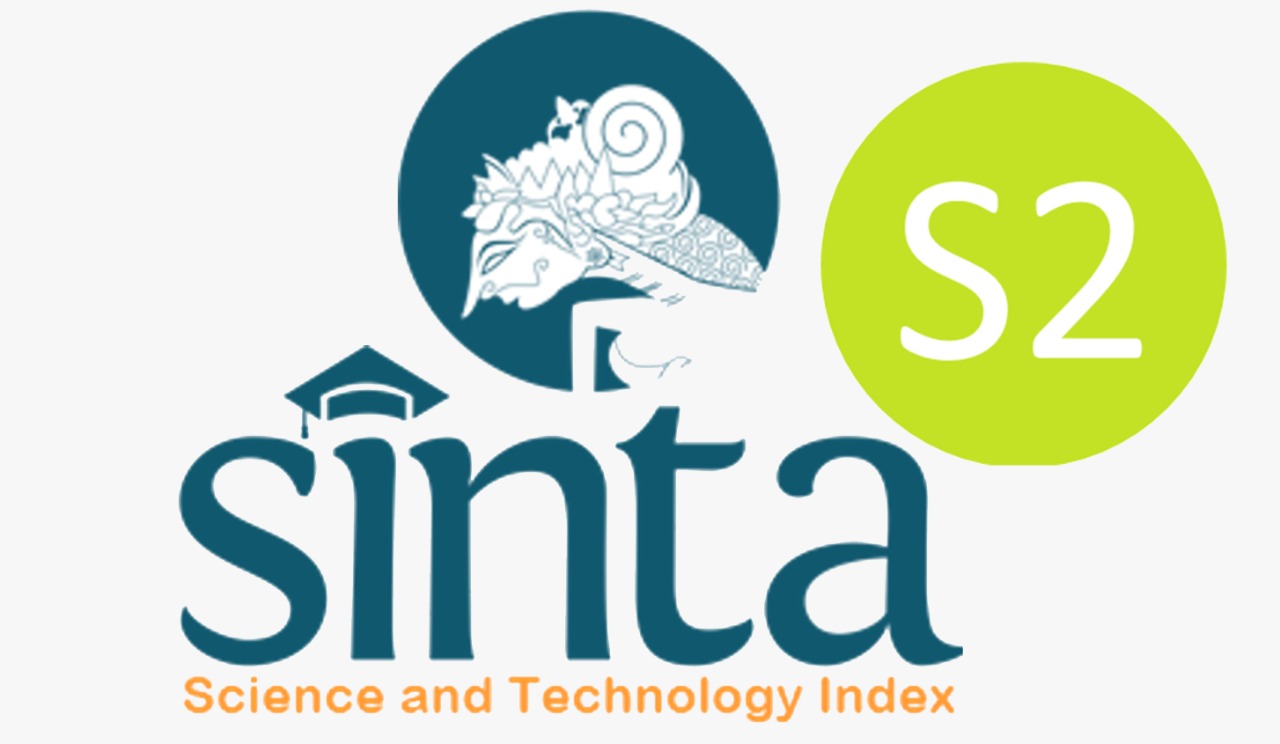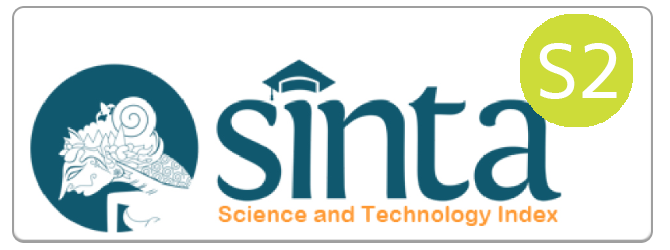ANALISIS HUBUNGAN ANTARA PERTUMBUHAN PENDUDUK DAN EKONOMI KASUS EKONOMI DI ASEAN-5, 1980-2013.
Downloads
This study empirically examines the causal relationship between population growth and economic growth, as
well as to analyze the influence of capital, labor, population growth and human resources on economic growth,
using the annual data of ASEAN-5 (Indonesia, Malaysia, Philippines, Singapore and Thailand), over the
period of 1980-2013. The method used in this study is the Granger Causality and Vector Error Correction
Model (VECM). VECM is used because the data is stationary at first difference and there is cointegration
between variables.
From the results estimation which is conducted, it is concluded that, overall, the relationship between
population growth and economic growth in ASEAN-5 is strong and negative flow from economic growth to
population growth. This study supports the opinion of theoretical and empirical claims; as income increases,
households value quality over quantity of children. Concurrently, population can be a stimulus for economic
growth through the realization of favorable economies of scale induced by low labor costs, enhancing
aggregate demand for goods and services and promoting human capital, and improved efficiency.
The journal allows the author to hold the copyright of the article without restrictions.
The journal allows the author(s) to retain publishing rights without restrictions
The legal formal aspect of journal publication accessibility refers to Creative Commons Attribution Share-Alike (CC BY-SA).
Jurnal Ekonomi dan Bisnis Airlangga (JEBA) is licensed under a Creative Commons Attribution-ShareAlike 4.0 International License


















